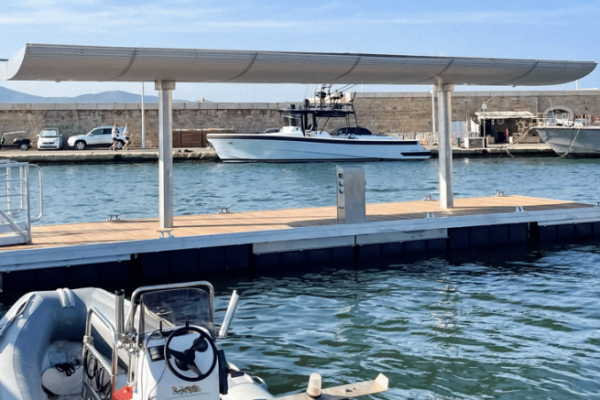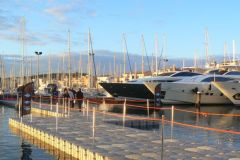A docking pontoon that combines user comfort and energy efficiency
In the port of Saint-Tropez, a prototype of a new kind of pontoon has been floating discreetly since the summer of 2024. Twelve meters long, it is topped by a shaded roof equipped with photovoltaic solar panels. This structure provides both shade for users and electricity production, estimated at 32 MWh per year for a complete breakdown (four modules). This output covers the average electricity consumption of around forty pleasure boats.
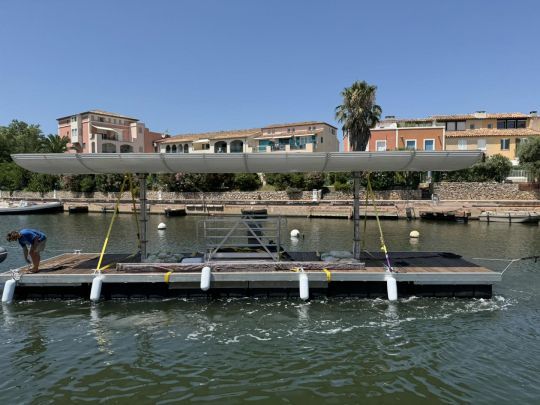
Designed by young engineers for maximum modularity
Named Meltem this pontoon is the fruit of three years' development by One Concept Marine, a company founded in La Ciotat by mechanical and plastics engineers. The project grew out of an experience gained during a stopover in very hot weather: the idea of a harbour facility capable of producing energy locally, while at the same time improving waiting comfort.
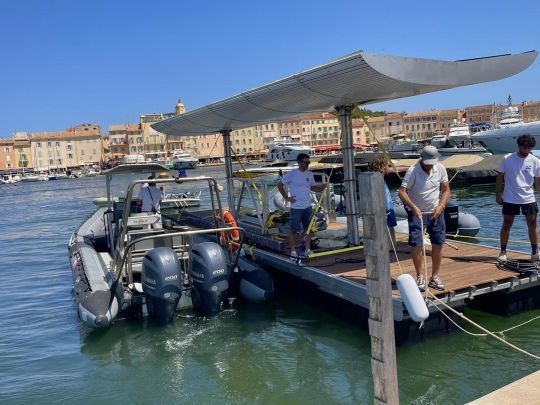
The pontoon is made entirely of aluminum. This choice was made in response to the constraints of the maritime environment and to guarantee the robustness of the structure. The design, validated by an external engineering office, ensures resistance to winds in excess of 200 km/h.
Environmental integration thought through to the last detail
Beyond electricity generation, Meltem incorporates two additional functions. The first is a rainwater recovery and filtration system. This resource can then be used for technical port purposes (cleaning, watering, etc.).
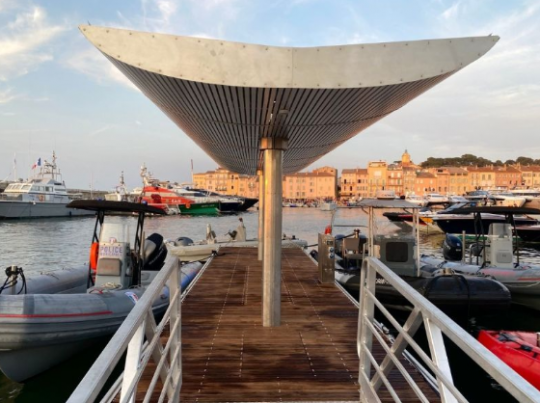
The second function is aimed at biodiversity, and is currently under study: underwater spaces can be created beneath the structure to promote the habitat of coastal marine species. Further tests will be carried out at the end of the year to validate this function.
A solution in line with eco-responsible port policies
This type of structure meets the growing need to reduce the environmental impact of nautical infrastructures. It offers harbour managers a solution that is both technical and scalable. Self-generation of energy also helps to reduce dependence on the grid, and could even lead to energy-neutral harbors for certain uses.
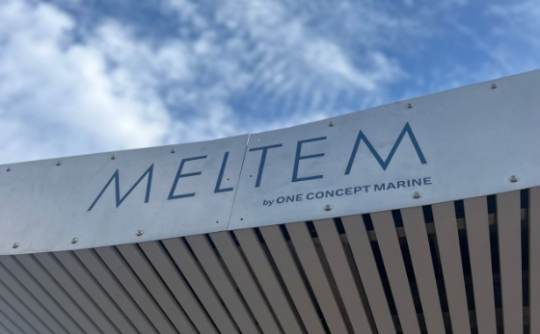

 /
/ 